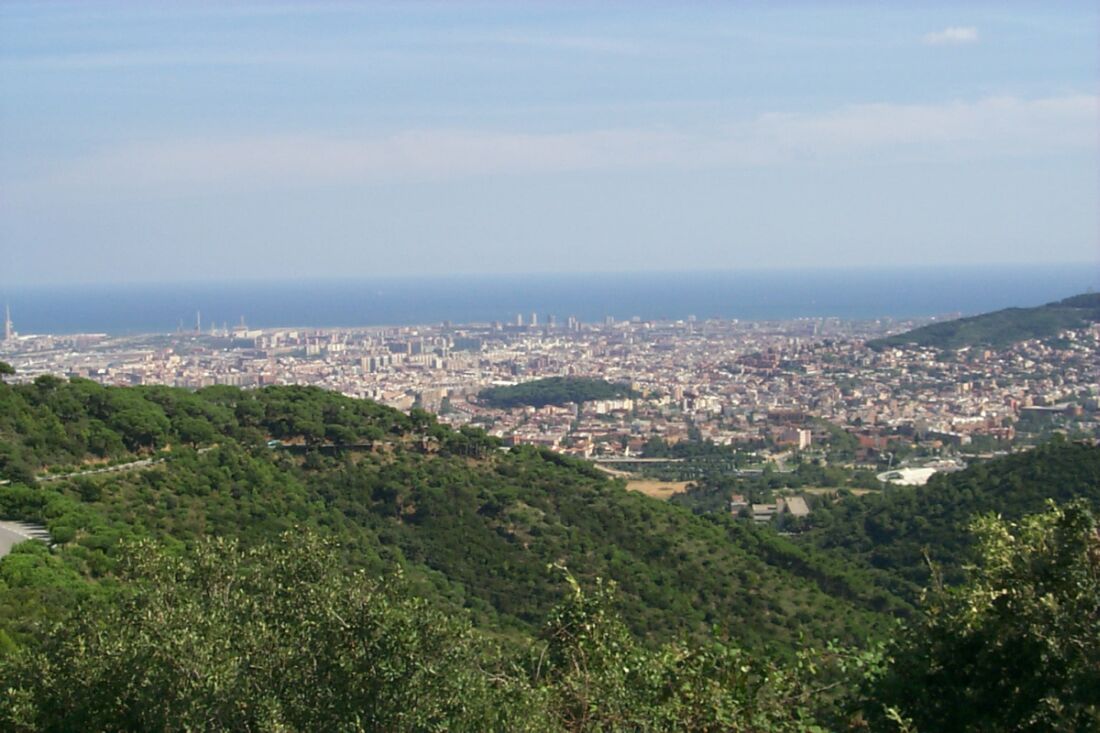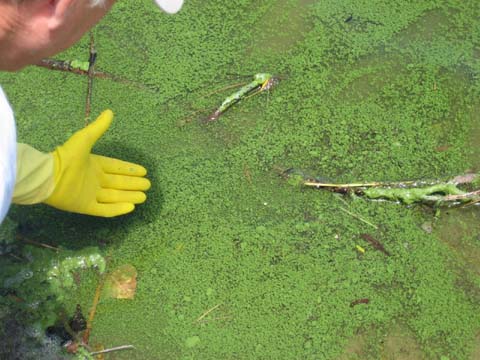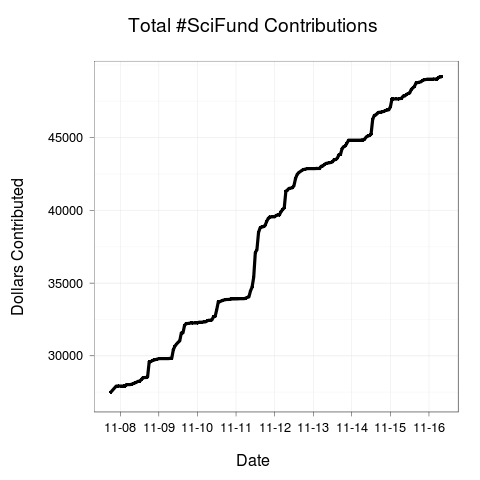#SciFund Super Team-Up!
Featured Project: Cats Nails: A parasitic plant of South Africa
Featured Project: The Yin Yang World of Venom
Featured project: Can we save Collserola National Park?
Today’s featured #SciFund Challenge project is Can we save Collserola National Park? by Jorge Mederos.

This project is awesome, not least because it’s my voice on the video! But there is a lot more to like about this project. The project is based in Collserola Park, which is on the edge of Barcelona, Spain. Collserola is the biggest urban park in the world and, at 85 square kilometers, it is 22 times larger than New York City’s famed Central Park. Collserola is an oasis of nature in a highly urban landscape, containing well over a thousand plants species and hundreds of vertebrate species.
Featured project: Domesticating algae for the 21st century
Today’s featured #SciFund Challenge project is Domesticating Algae for the 21st Century by Steve Herbert.

Let me be honest: I love this project. Steve, a professor of plant sciences at the University of Wyoming, wants to better grow algae in a vat. Sounds boring, right? Think again.
The world’s human population just topped 7 billion people. How are we going to produce enough food and fuel for the earth’s growing population without exploding the planet? The answer might just lie in pond scum. As anyone who has a pool or birdbath knows, pond scum (which is a form of algae) can grow extremely rapidly without any encouragement at all. What if we could genetically engineer this fast-growing algae to produce biofuels? What about protein for us to eat? Suddenly, all of the pressure that we are placing on the earth’s ecosystems might just lift.
Week three of #SciFund: unbelievable momentum
We are now three weeks into #SciFund Challenge projects going live on RocketHub. Where do we stand?

Astonishingly well! As of this morning, #SciFund projects have together raised $49,294. Incredible. And if you look at the figure above, you can see that contributions are rising steadily.
On the Complementarity of Crowdfunding and Traditional Grants
Note by Jai: Aditya is a #SciFund Challenge participant and he is pursuing his doctorate in cellular and developmental biology at SUNY Upstate Medical University. Check out his great #SciFund project: C-Cilia in Motion! You can find Aditya on Twitter at @nishantaditya.
For a lot of people their early exposure to “science” was through science fiction. This was a great thing for those of us who eventually became scientists because science fiction inspired us to think creatively, imagine fantastic things, “to boldly go where no man has gone before”… And to have bad grammar.

The vast majority of people, however, only ever got the distorted, dramatized, exaggerated view of science. This view, that ‘science = laboratories filled with glowing lights and colourful, bubbling solutions in complicated looking glassware‘, is very misleading to the general public. It doesn’t give a true account of what a scientist does or how science progresses. This is where initiatives like The #SciFund Challenge would be VERY useful. These initiatives will bring in real scientists with real experiments and will force them to explain their work to a broad audience. This sort of exercise in public communication will help fuel public interest in science and, more importantly, give them an insider’s perspective on the vocation of science.
Featured project: Does the act of looking change what we see?
Lessons from Ancient Rome: how to make crowdfunding work

One #SciFund Challenge participant has had a very good couple of days! Kristina Killgrove, who is behind the Ancient Roman DNA project, has gotten all sorts of media coverage (like at CNN and Forbes). Even better, she has blown right past her financial target of $6,000 in less than two weeks. She is now at $9,000 and rising fast! How did she do it? I talked with her yesterday to learn her crowdfunding strategies. This is what I learned.
There are two parts to Kristina’s success: success at crafting a compelling science message and success in promoting her project. Let’s deal with message-crafting first.


